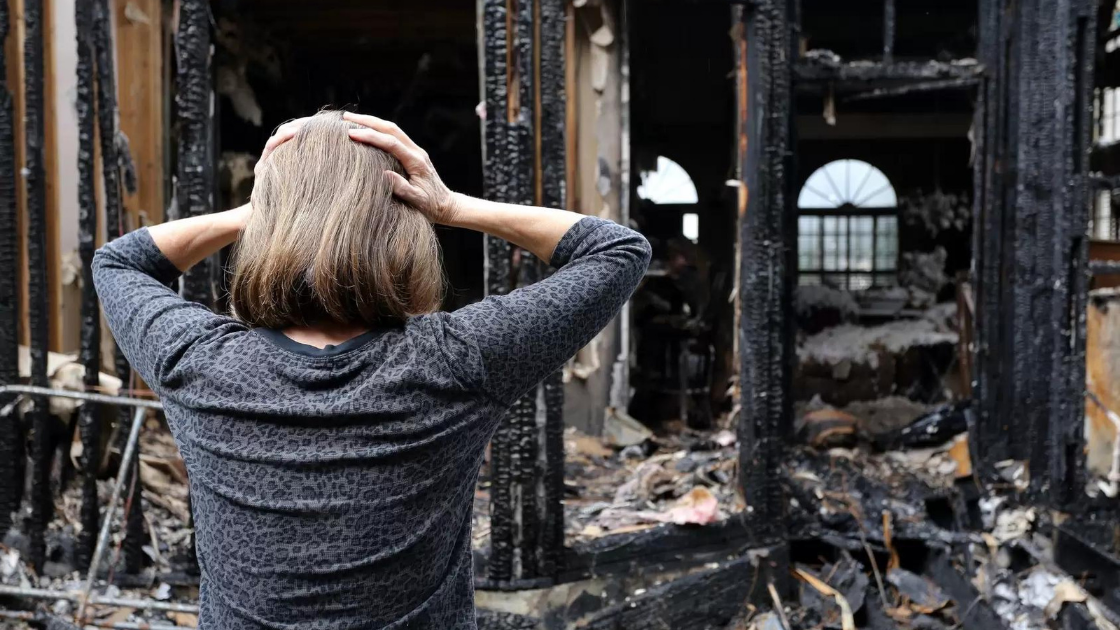Your home takes a beating after the fire trucks have left. In addition to suffering from fire and smoke damage, you likely also have extensive water damage from firefighting efforts. You can contact a restoration company that has the specialized training needed to restore your home back to pre-fire condition.
Fire damage is always different and thus requires a unique solution. However, there are general steps that we take for most fire emergencies. The list below outlines our process for the “typical” fire emergency.
Step 1: Emergency Contact
Calling a restoration company is the first step to getting your home back to its original state. Their specialist will ask you a series of questions related to the fire damage event, so they can come prepared with the right equipment and resources.
Step 2: Assessment of Inspection and Fire Damage
The extent of the fire, smoke, and soot damage will be evaluated after a thorough examination and testing of adjacent rooms on your property. This step is essential to creating a strategy. By understanding how the fire affected your property, you will have a clearer idea on how to proceed with restoration.
Step 3: Immediate Board-Up and Roof-Tarp Service
Fire damage can often compromise windows, walls, and roofs. To maintain security and to protect against further damage, your trusted restoration company can board up missing windows and walls and place tarps on damaged roofs.
Step 4: Removal of Water and Drying (if water damage is present)
The majority of the water is removed almost immediately in the water removal process. The remaining water will then be removed, and the drying process will be finished using dehumidifiers and air movers.The restoration process and cleanup is generally more extensive than the water damage restoration process, but you will still want to be able to access your home as quickly as possible
Step 5: Smoke and soot removal from all surfaces
In order to remove smoke and soot from ceilings, walls, and other surfaces, restoration companies use specialized tools and methods. Steam cleaning may be used if the smoke or soot residue can be wet cleaned; however, most restoration companies use a dry cleaning method, removing surface residue by rubbing the surface with a sponge and applying pressure.
Step 6: Cleaning and Sanitizing
All of the structures and repairable items that the fire damaged will be cleaned. To get your possessions back to how they were before the fire, restoration specialists will employ a variety of cleaning techniques. Most of them also received training in the use of industrial air scrubbers and fogging tools to eliminate odors.
Step 7: Restoration
Restoring your home or place of business to its pre-fire condition is the last step. Restoration may entail minor repairs like replacing drywall, painting, and installing new carpet, or it may entail major repairs like completely rebuilding a house or place of business’s various rooms or areas.
The typical fire-related damage to a home will vary from one room to the next, but there are general steps that we take for most fire emergencies. Contact a professional restoration company that has the specialized training needed to restore your home to its pre-fire condition.
